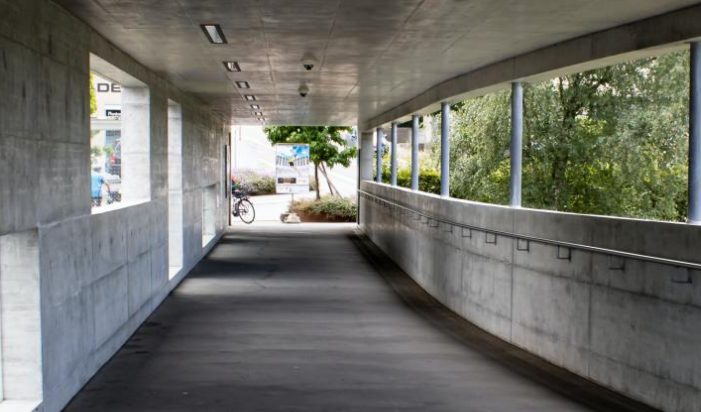Concrete has become our building material of choice for countless structures such as bridges, towers and dams. But it also has a huge environmental footprint mostly due to carbon dioxide emissions from the production of cement – one of its main constituents. Researchers are now experimenting with root vegetables and recycled plastic in concrete to see whether this can make it stronger – and more sustainable – and even power streetlights or air pollution sensors.
Concrete production, a major global industry, is a significant contributor to carbon dioxide (CO2) emissions due to the energy-intensive process of cement production. Approximately 8% of global CO2 emissions are attributed to cement production. Cement is made by burning minerals, shells, shale, and other components at high temperatures in kilns, often fueled by fossil fuels, which release CO2 into the atmosphere. Researchers and scientists are exploring innovative ways to reduce the environmental impact of cement production.
One approach is to increase the strength of cement, allowing for the use of less cement in concrete, thus reducing its environmental footprint. Professor Mohamed Saafi and his team are working on the B-SMART project, aiming to enhance cement hydration by incorporating super-thin sheets made from root vegetables, such as carrot waste and beet sugar extraction leftovers. These vegetable sheets act as reservoirs, improving cement hydration and resulting in stronger concrete. Additionally, when carrot nanosheets are added to cement, the concrete can generate electricity, which has potential applications for powering LED lights, sensors for monitoring air pollution, and providing insights into structural health.
Another sustainable approach involves using waste materials like fly ash and blast furnace slag as partial replacements for cement. This method, explored in the GREEN-FRC project led by Dr. Nikola Tošić, can reduce cement use by 30% to 50% in concrete production. Recycled plastic fibers are also being investigated to reinforce concrete and potentially reduce the need for steel, further enhancing sustainability. Additionally, researchers are exploring the use of certain clays, like limestone calcium clay, as alternative materials for cement production.
The development of greener concretes is expected to find initial applications in pavements, tunnels, and building facades, areas where reduced reinforcement is acceptable. Construction companies are increasingly recognizing the importance of sustainability and are showing interest in these innovative approaches to concrete production. Ultimately, these efforts aim to reduce the environmental impact of the construction industry and address the challenges posed by CO2 emissions from traditional cement production.
Read the full magazine article here.

